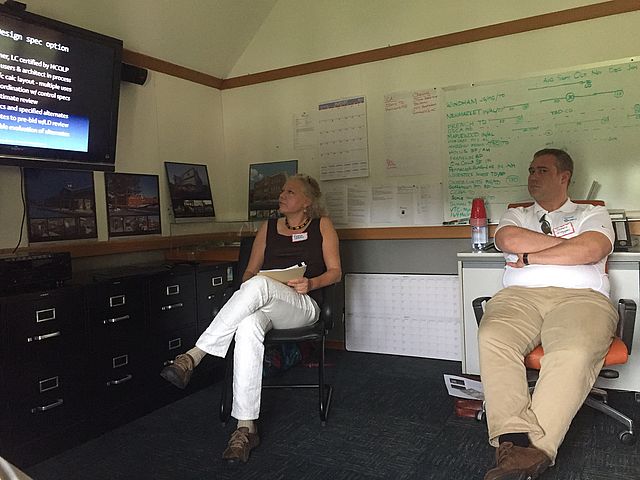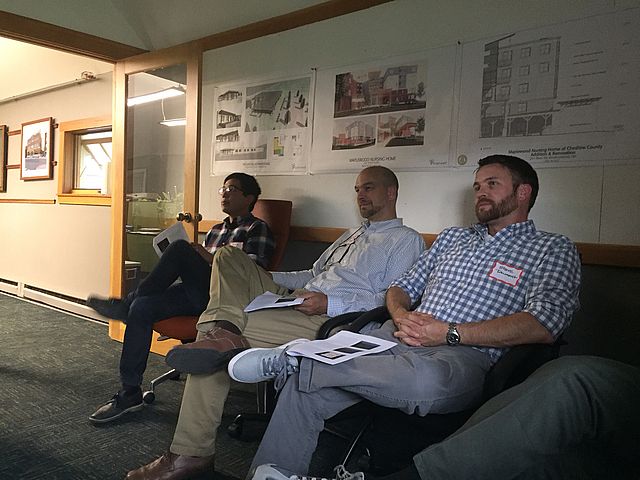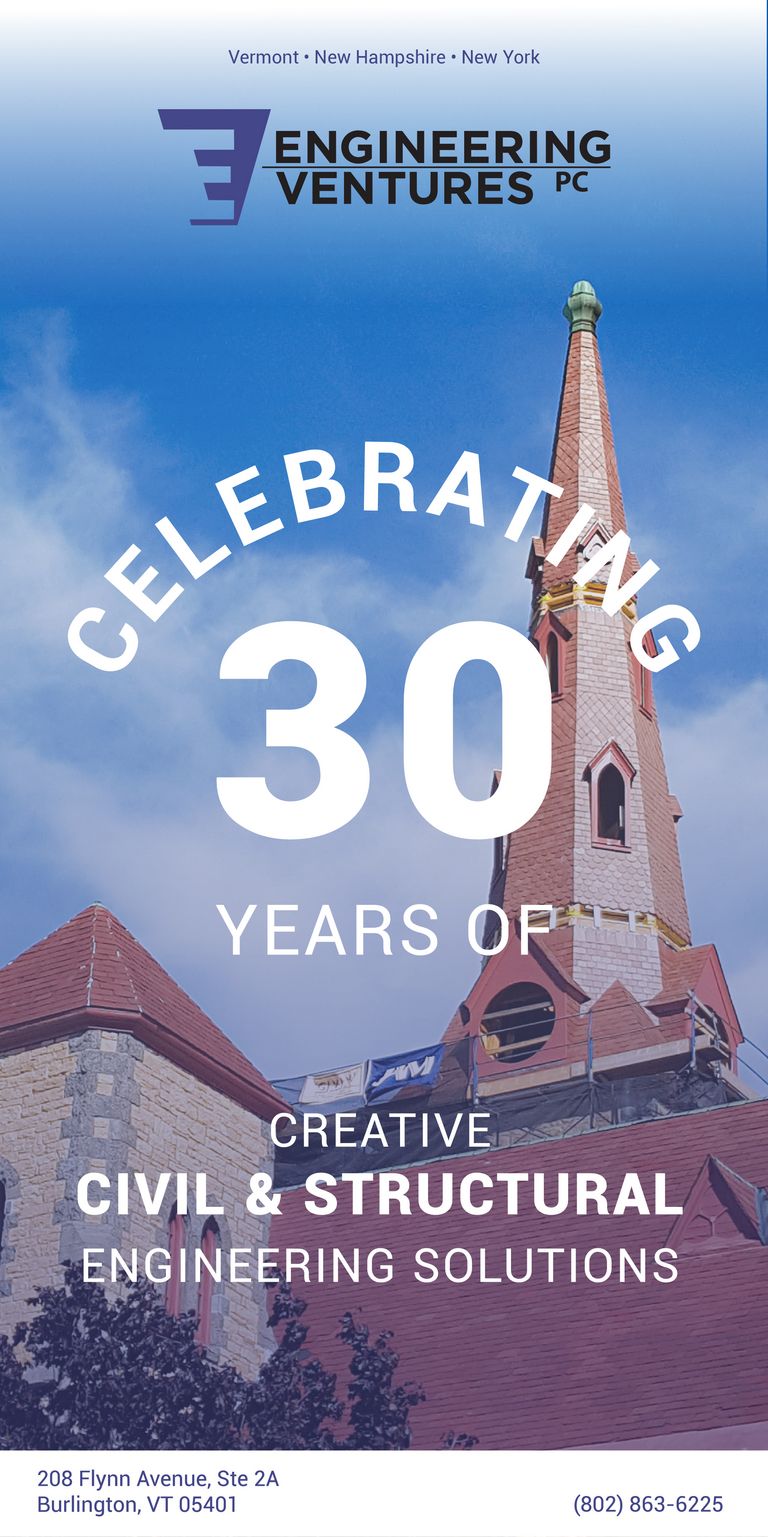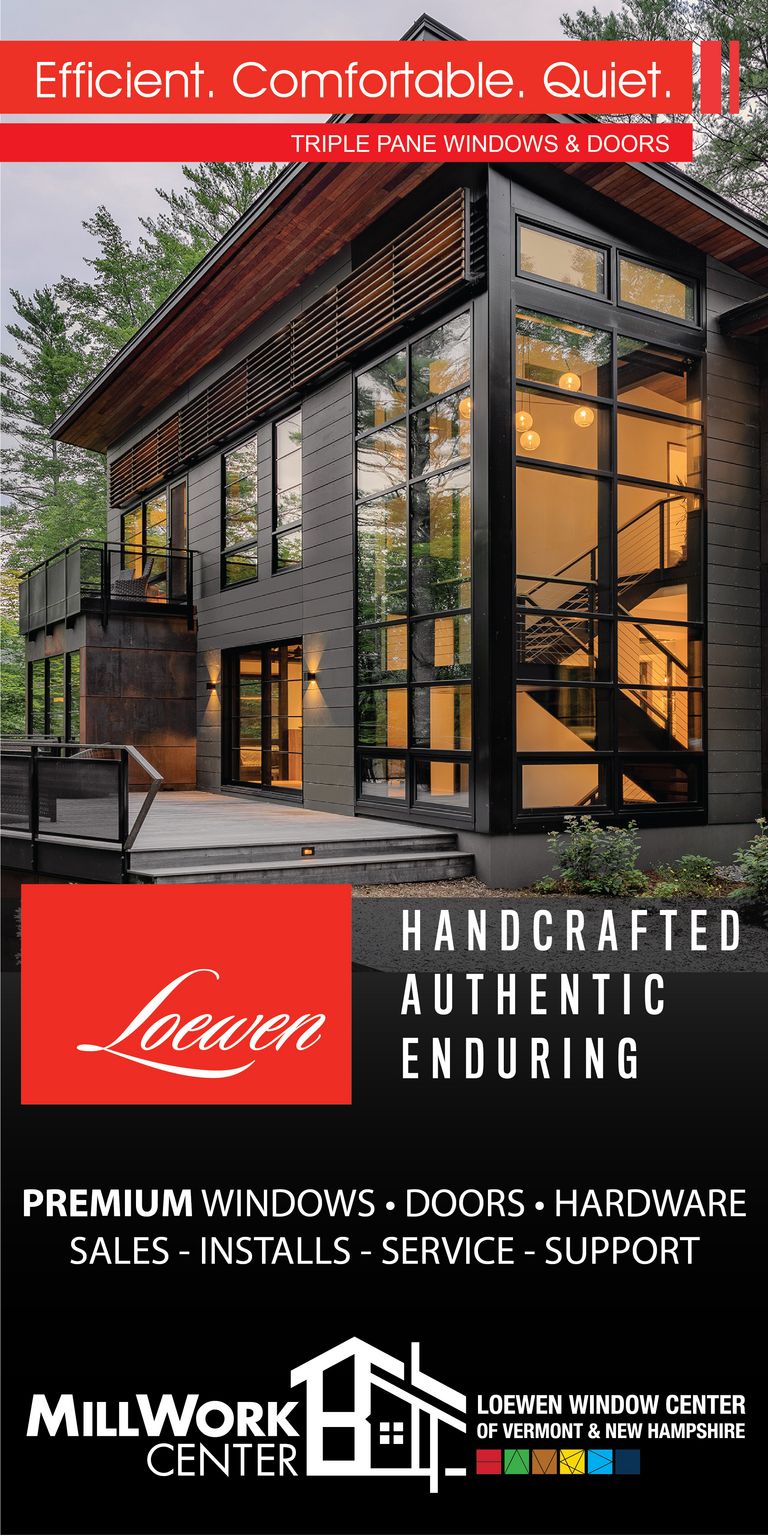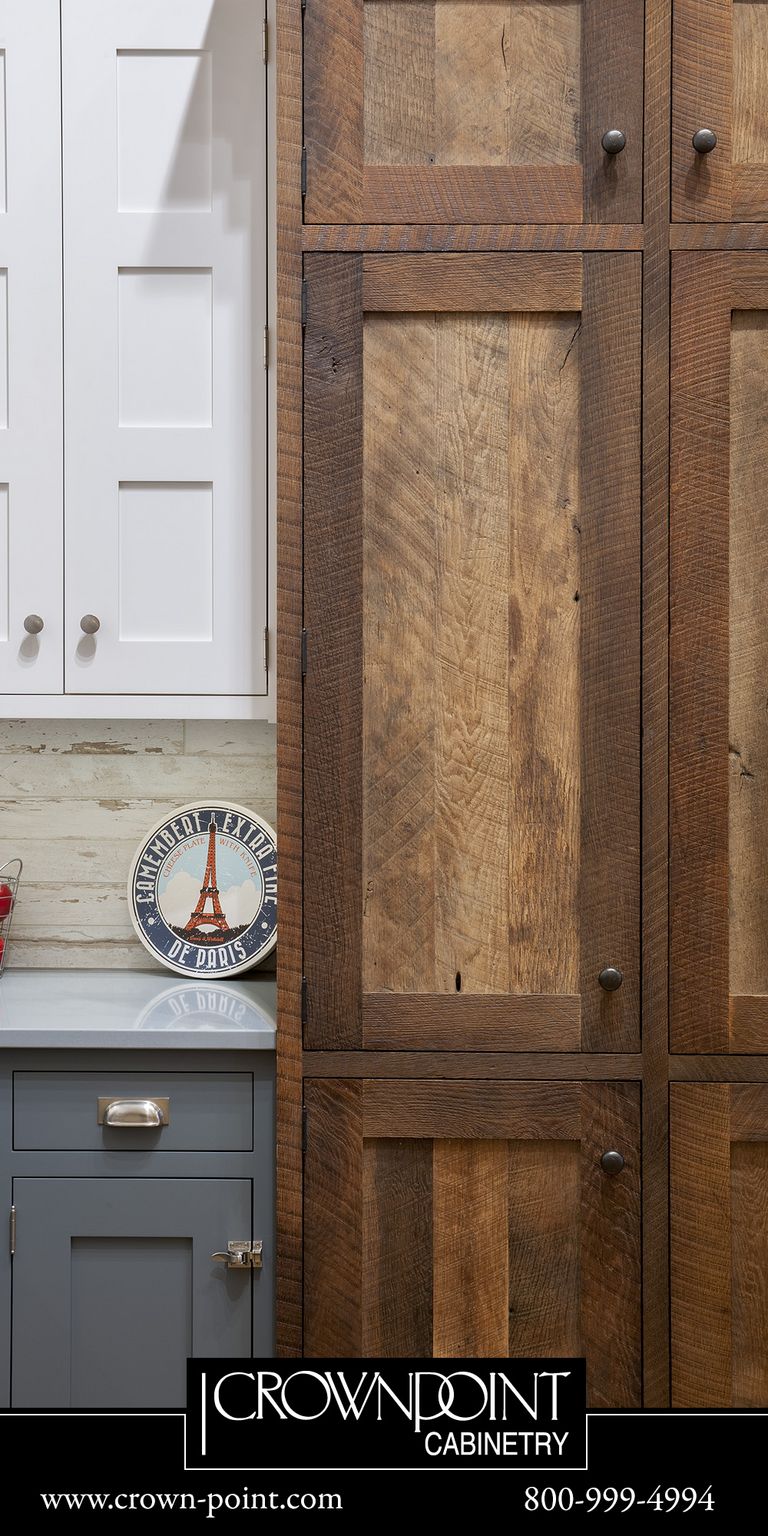Best Ways to Specify LED Lighting
By Carol Miklos
“LED fixtures are advancing at a rapid pace and it is our responsibility to stay current with technology and to be knowledgeable about the quality of light the fixtures provide. Doing so allows us to better inform our clients and better advocate for them as projects progress,” said Alex Kim, Assoc. AIA, of Haynes Garthwaite Architects.
Kim was one of a group of architects and designers who attended AIAVT’s studio social and seminar at Banwell Architects’ Lebanon, N.H. office on August 17 to gain the latest knowledge about LED lighting. The seminar, “Who Controls Lighting Specification and How Does it Affect Cost?” was given by Donna Leban, AIA, a lighting specialist with 17 years of experience in the field.
“LEDs have quite different features than traditional lighting types, so they’re trickier to specify,” Leban said at the outset. “The light source is integrated into the fixture.” Additional issues, she explained, include varying heat dissipation methods, non-standardized drivers, inverse correlations between glare and cost, unwanted color variations, and variations in dimming and control technology.
Some of the advice and tips Leban provided during the course of the talk included:
- Insist upon control/ownership of the lighting model for a space with multiple fixtures.
- In specifying lighting, avoid the term “or equal;” write in the acceptable substitutions by model numbers, not simply manufacturer. Equal alternatives will lead to more competitive bidding.
- Hold contractors to spec’s or alternates accepted by a nonmanufacturer-related lighting specifier at least five days prior to bidding due date.
- Consider labor installation costs in comparing costs, not just fixture costs.
- Consider working with a lighting designer, LC certified by NCQLP, who can provide CAD-based foot candle calculation layouts and knowledgeable evaluation of alternates.
A DesignLights Consortium (DLC) approved fixture is an indicator of fixture efficiency more than light or fixture quality or longevity. While it is a criterion for an efficiency rebate, there are other criteria that need to be considered on projects, particularly where light quality is important.
Thanks to the lighting manufacturers that provided support for this event: Apex, Charron Inc., Philips, Swaney Lighting, and Yusen Associates, Inc. To contact Donna Leban about your lighting concerns, write to her at lightspd@comcast.net.

